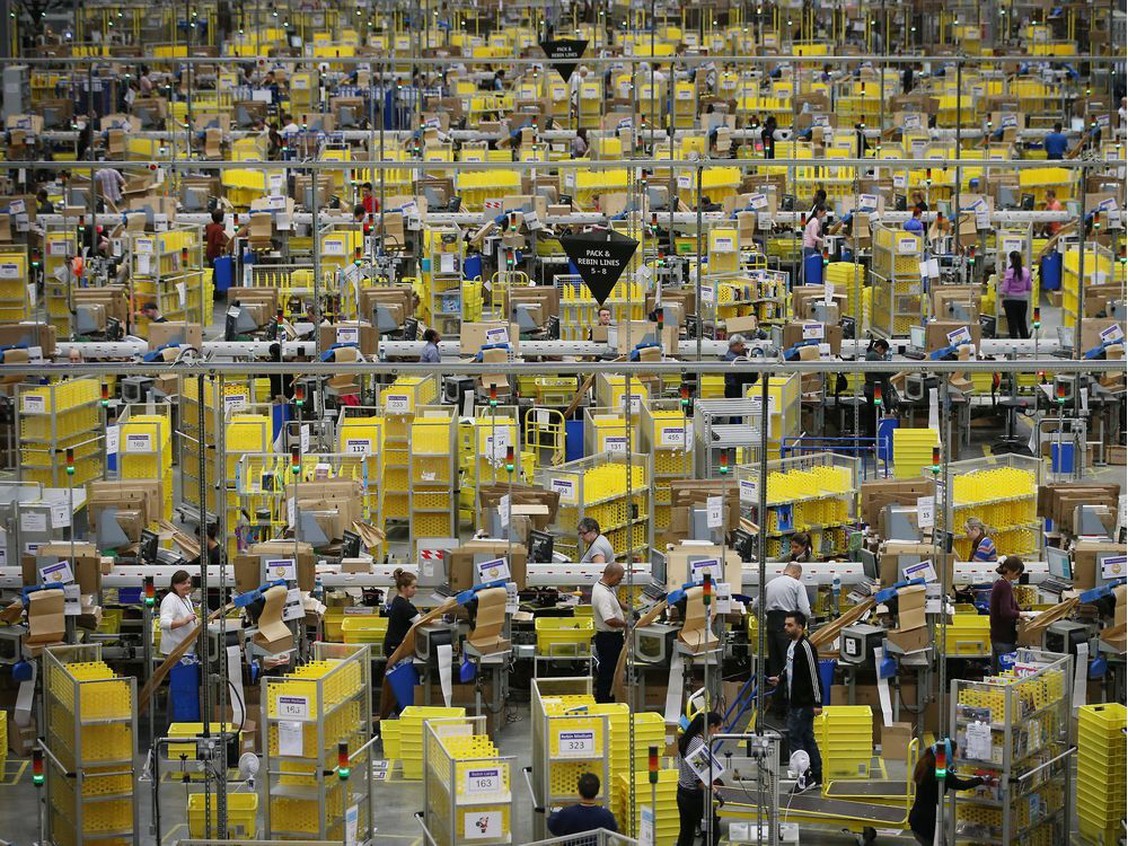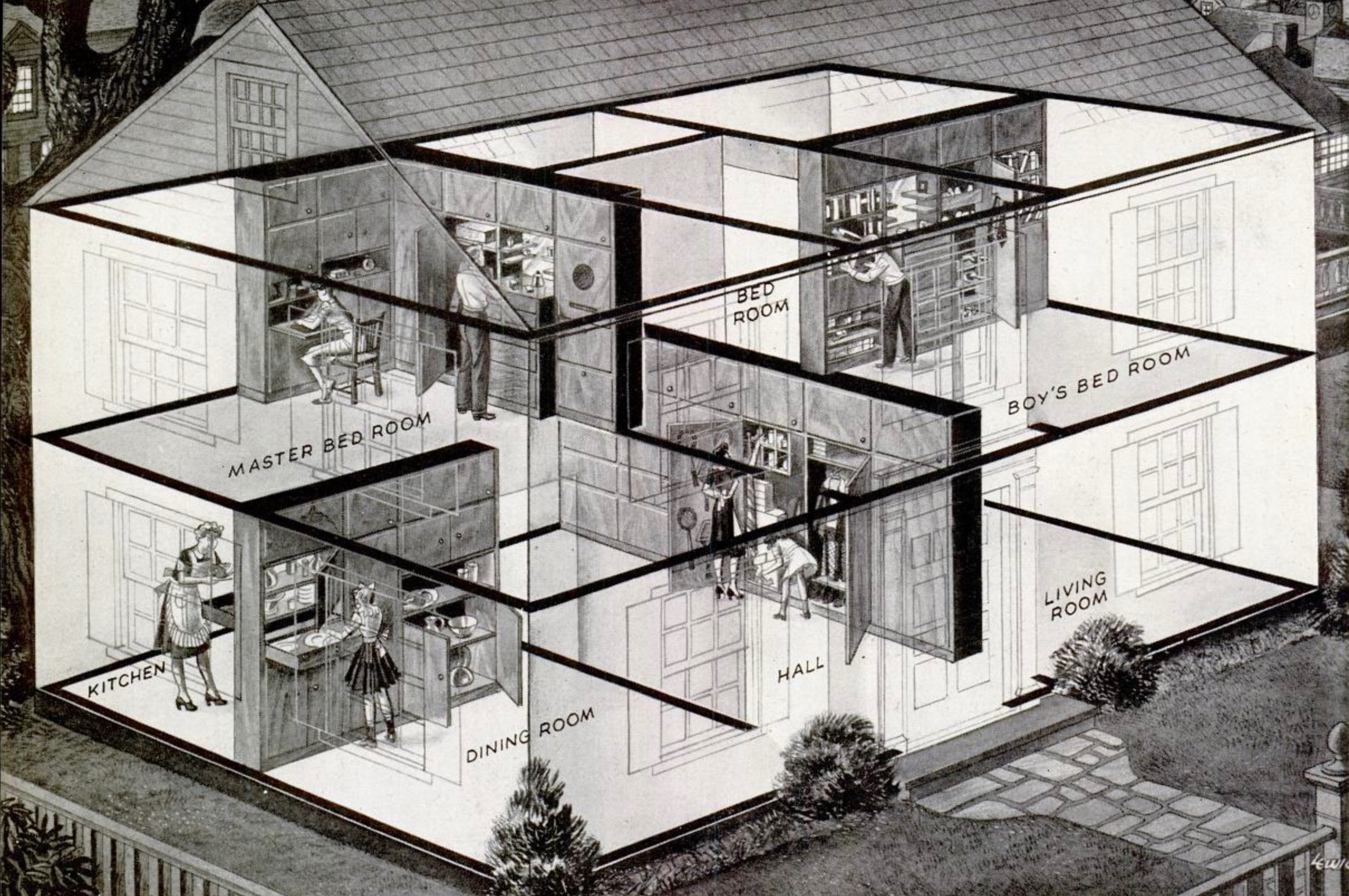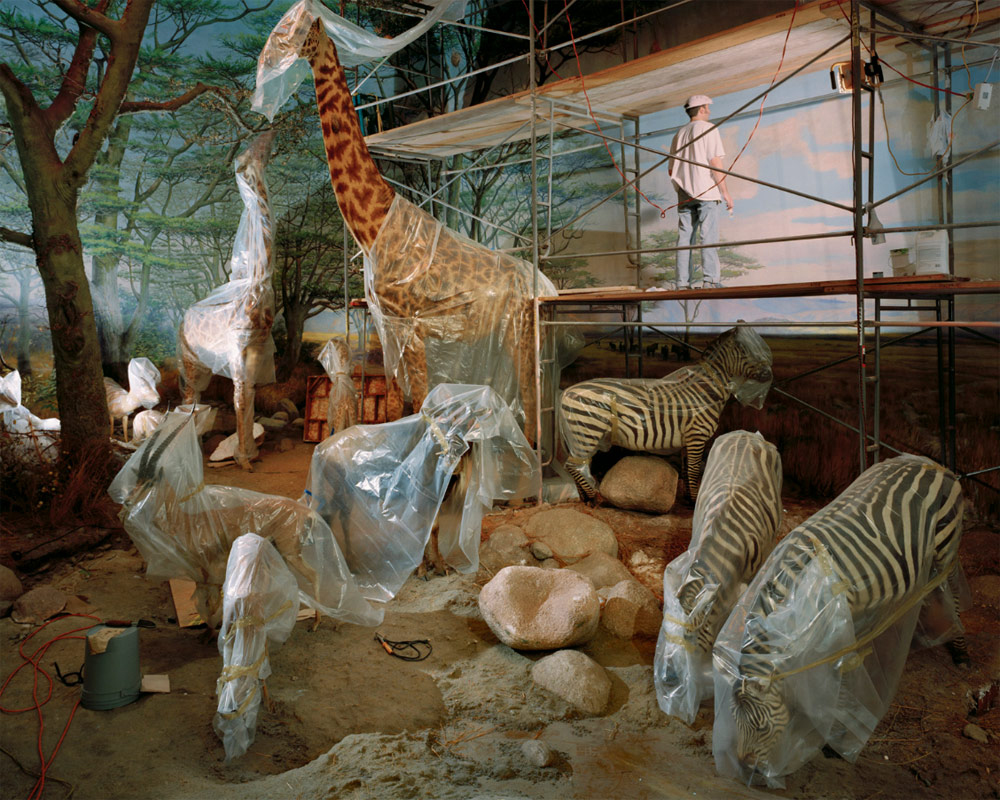STUFF
ARC3020Y F
Instructor(s): Laura Miller
Meeting Section: L0103
Tuesday, 9:00am - 1:00pm, 2:00pm - 6:00pm
“At the very least, I hope to have convinced you that, if our challenge is to be met, it will not be met by considering artifacts as things. They deserve better. They deserve to be housed in our intellectual culture [and in our architectural constructions]* as full-fledged social actors.
They mediate our actions?
No, they are us.”– Bruno Latour, On Technical Mediation – Philosophy, Sociology, Genealogy
– *STUFF Studio

[Diffuse Landscapes] Amazon Fulfillment Centre, Hemel Hempstead, England
The final iteration of the STUFF Research Studio continues to develop architectural responses to Latour’s provocation, taking the following positions:
Artifacts are not complacent ‘things’ at all, existing only to serve us as tools or to silently assist us in the definition of our own identities. Rather, objects are, together with humans, animals and other living organisms, active agents in shaping our mutual technological and cultural condition. This shared condition is evident in the double life architecture leads ¬– first, as a cultural and tectonic artifact itself, and second, in its operation as a means of mediation – framing artifacts and other inhabitants it contains. Our research will investigate the ways that architecture can better engage in such framing.
Binaries that divide objects and people into the ‘inanimate’ (stuff) and the ‘animate’ (us) do not recognize the potential of how human and ‘non-human’ actors, if considered together from the inception of the design process, could potentially inform the spaces we create in new ways. What if stuff was considered as important a ‘client’ as an individual or an institution? Would thinking this way change how, or what we design?
We share the physical spaces we inhabit with the myriad of objects we acquire, use, store, and accumulate over time; how do these artifacts in turn shape the architecture of our lives? How can architecture operate – be designed – with greater generosity, inventiveness, and reciprocity in calibrating object - human relationships? How do the objects we encounter prompt us to assume different roles – among these, user, consumer, viewer, owner, worker, collector, insider, outsider, occupant?
Research
A combination of directed research and independent research will be pursued, with increasing responsibility over the course of the term for students to articulate the themes and possible outcomes of their research.
The studio’s inquiries will be deliberately constructed across diverse scales of architectural and artifactual investigation. We will consider 3 Object Situations that have the potential to inspire new ways of thinking about our relationship with things:
- Domestic Scenes
- Institutional Sites
- Diffuse Landscapes

[Domestic Scenes] George Nelson’s ‘Storagewall,’ Life Magazine, 1945
At the beginning of the term, each student will make a short video about an aspect of their life with objects.
Students will next analyze a number of Precedents/Case Studies.
At least one Precedent/Case Study from each category of Object Situations (a total of 3) will be studied by each student, allowing the collective studio to become familiar with options regarding possible scales, sites, programs, and other issues pertinent to the development of individual directions for research.
Following this, three additional Precedents/Case Studies will be chosen by each student and researched, as individual interests emerge.
Research will also be conducted through a series of individual, independently-directed exploratory artifacts – drawings/models/constructions ¬– based on the themes of the STUFF studio, and pursued throughout the entire term.
During the last part of the term, students will develop 3 scenarios for their thesis project. The development of scenarios will be informed by the collective array of research artifacts listed above, and fortified through writing, shared readings, presentations and discussions with the studio and invited guests. The semester’s work will be compiled in a dossier of research for the STUFF studio’s final project.

[Institutional Sites] Animal Logic Series, Richard Barnes, Photographer, Diorama restoration, California Academy of Sciences
Travel and Excursions The logistics and possibility of local [GTA and environs] and domestic travel [Canada] will be discussed by the studio group at its first meetings.

